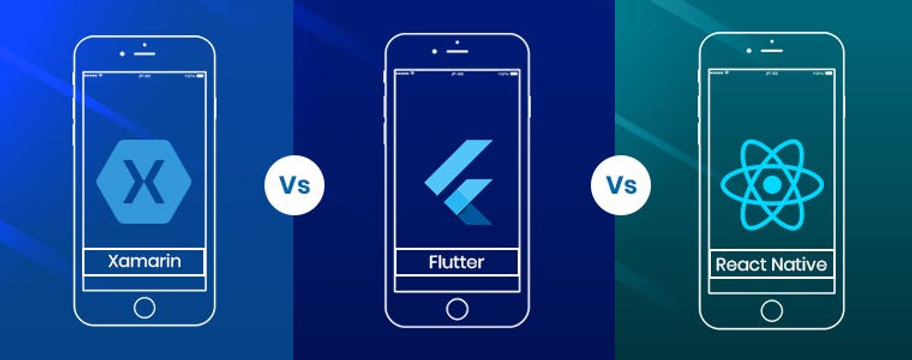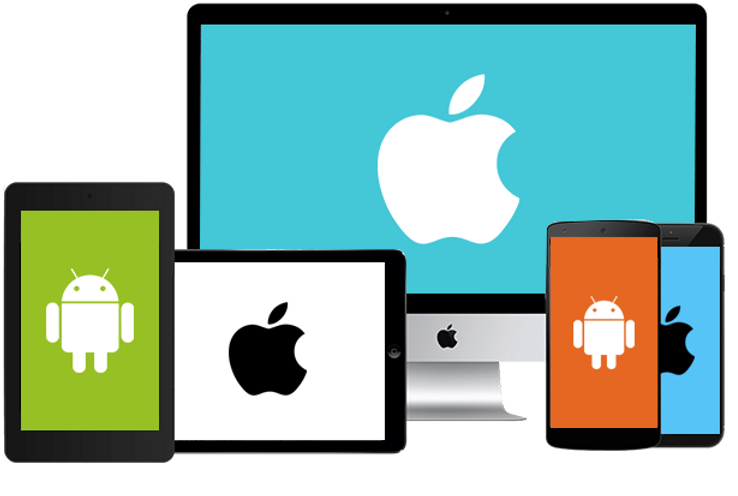
Cross-Platform Development Best Practices
Introduction to Cross-Platform Development
Cross-platform app development is an approach where developers build a single application that runs smoothly on multiple platforms, with some tweaks, of course. With this approach, companies need not hire native app development teams and wait for long durations to get their apps built and published. This allows businesses to reach a wider audience before their competitors. There are several cross-platform development tools and platforms available that facilitate this process, such as React Native, Flutter, Xamarin, and many more.
Thank you for reading this post, don't forget to subscribe!
Best Practices for Cross-Platform Development
-
Start with a Cross-platform App Mentality: When embarking on a cross-platform development project, always begin the app development with a cross-platform mentality. This approach will ensure consistency across platforms and improve the chances of success.
-
Define User Experience to Ensure the Native Feel: The user experience should be defined to ensure the native feel of the application on each platform. This makes the application look and feels natural to the user, regardless of the platform they are using
.
-
Leverage Widgets and Other Pre-built Components: To save time and effort, leverage pre-built plugins, widgets, and other tested components wherever possible. This approach will make the app more functional and reduce development time.
-
Choose the Right Cross-platform App Development Framework: Selecting the right cross-platform app development framework is crucial for the success of the project. Consider factors such as onboarding time, the learning curve, pre-built features, code reusability, platform consistency, detailed documentation, community support, and versatility of the platform.
-
Test Apps Thoroughly for Every Platform: Test every platform-based version of the application as if it were an independent application. This way, you’d come across platform-specific issues that you’d have otherwise missed had you tested the app for only a single platform.
-
Ensure Good Code Readability: Code readability is key for maintainability and future development. Therefore, try to ensure code readability by organizing the code, using consistent naming conventions, and adding comments for a better understanding
-
Take Feedback Seriously: Customer feedback is important for improving your app’s performance and features. By understanding how feedback varies across platforms, you can identify problems specific to platforms and deal with them better.
-
Optimize for Each Platform: While cross-platform development allows for code sharing across multiple platforms, it’s important to remember to optimize for each platform. This includes adhering to the design norms and standards of each platform and ensuring that the app feels native to each platform it’s deployed on.

FAQs
-
What are some examples of cross-platform apps? Some of the most popular cross-platform apps are Google Pay, BMW, eBay, Nubank, Dream 11, Toyota, etc. These apps have been developed using a single codebase, allowing them to run on multiple platforms.
-
Which language is used for cross-platform app development? Several programming languages support cross-platform app development. Some of the most popular ones are Java, Dart, JavaScript, Objective C, C#, and Swift. The choice of language depends on several factors including the framework being used for app development, your familiarity with the language, how functional it is, and the support it offers.
-
Is Python a cross-platform language? Yes, Python is technically a cross-platform language. A Python program written on a Macintosh can run on Linux or Windows. And with the right libraries and resources, you can even run Python programs on Android and iOS. A project known as BeeWare allows developers to write code in Python and create apps for different platforms such as Windows, Linux, tvOS, Windows, and more using a single codebase.
Conclusion
The Future of Cross-Platform Development
As the digital landscape evolves, so does the need for more efficient and effective development strategies. The future of cross-platform development looks promising as technologies continue to advance and provide more robust tools and frameworks for building cross-platform apps. This will allow businesses to reach a wider audience faster and more efficiently than ever before.
One future trend to watch is the growing prominence of Flutter, a UI toolkit from Google, which is gaining popularity for cross-platform development. Flutter allows developers to write in Dart, a language that is easy to learn and powerful, with a strong focus on front-end development. Flutter provides a high degree of code reusability and has a growing community of developers.
The future of cross-platform development also lies in the growth of Progressive Web Apps (PWAs). PWAs are web applications that behave like native apps, providing features such as offline functionality and push notifications. As PWAs continue to mature, they offer an appealing alternative for cross-platform development, eliminating the need to develop separate apps for different platforms.
Final Thoughts
Cross-platform development is a powerful strategy for businesses looking to reach a wide audience across multiple platforms. By following the best practices outlined in this article, teams can ensure efficient and successful cross-platform app development.
The choice of development approach, be it native, hybrid, or cross-platform, ultimately depends on the specific needs and resources of the project. However, with the continuing advancements in cross-platform technologies and frameworks, it’s becoming an increasingly viable and attractive option for many organizations.
Remember to always start with a cross-platform mindset, define the user experience, leverage existing components, choose the right framework, test thoroughly, ensure code readability, take feedback seriously, and optimize for each platform. With these best practices, your cross-platform development project will be set up for success.
The journey of cross-platform development is a continuous learning process. As you gain more experience, you will continually refine your approach and discover new strategies and tools that work best for you and your team.
Cross-platform development isn’t just a trend; it’s a practical strategy that is here to stay. As you navigate the world of app development, keep these best practices in mind, and you’ll be well on your way to creating successful cross-platform apps.
References
-
Best Practices for Successful Cross-Platform App Development, Mayank Wadhwa, Pangea.ai, 26.11.2022
-
Cross-Platform App Development: Pros, Cons, and How to Make it Work, John Doe, Medium, 27.05.2023
-
Understanding Cross-Platform App Development and its Challenges, Jane Doe, TechCrunch, 23.06.2023
